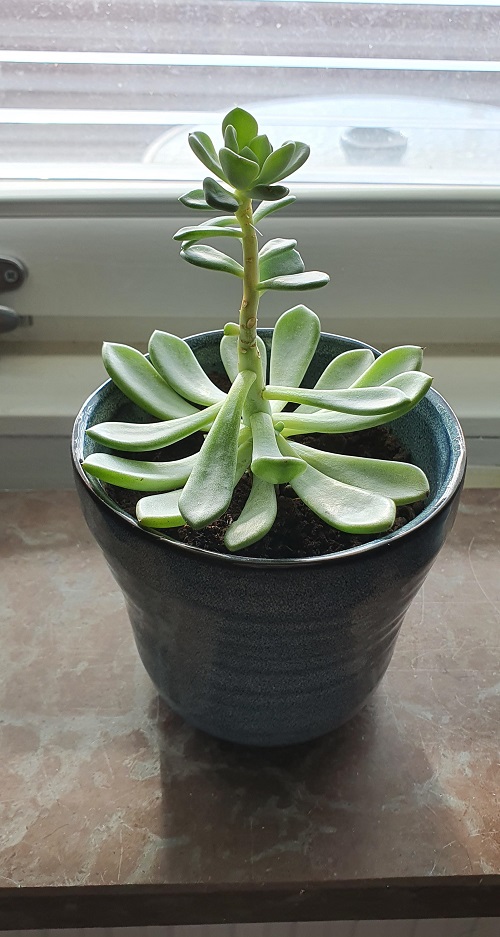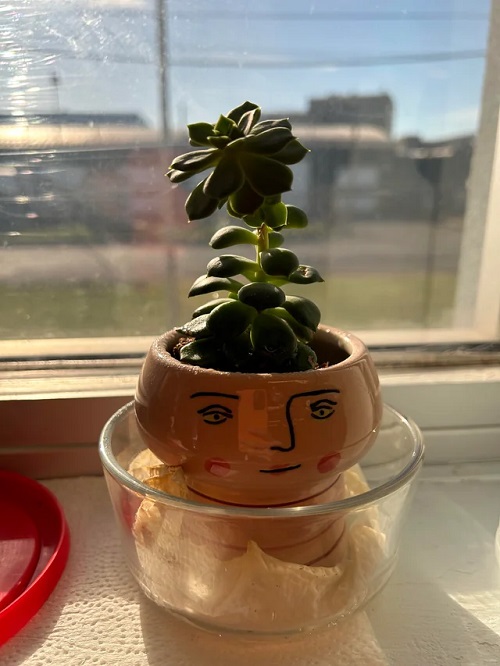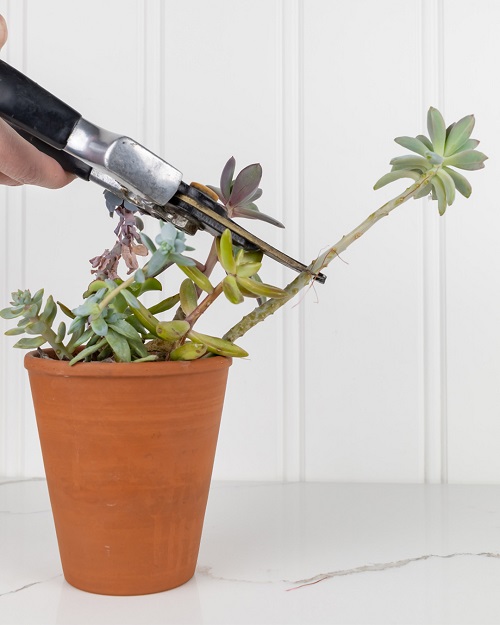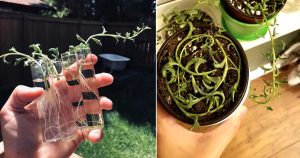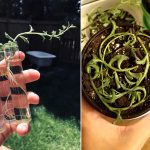Confused why your plants look leggy and stretched out? then this article will train you on How to identify and fix etiolated succulents!
Succulents are loved for their compact shape, less demands and easygoing nature. However, they can sometimes grow just out of shape when they don’t receive enough light. This condition, known as etiolation, is a common issue, especially for indoor succulent growers. The good news? You can rejuvenate your succulents with a few simple ways.
Signs Your Succulent is Etiolated
The first and most obvious sign of a succulent etiolated is its shape. If you’ve noticed your once tidy succulent looking tall and straggly, with more space between the leaves and a tendency to lean towards light, your plant is probably experiencing etiolation. This happens when succulents aren’t getting the light they need.
For example, an etiolated Echeveria will lose its compact, rosette shape and develop a longer stem with leaves growing more sparsely. Another clue to look for is pale or lighter-colored leaves.
Without sufficient light, they stretch out, trying to reach for the nearest source. The result is a lanky, less appealing plant. While this stretching can’t be reversed, you can still take action to restore your plant’s health and even propagate new succulents from it!
Fixing Etiolated Succulents
So, how do you fix succulent etiolation and bring back that lovely shape? It’s all about giving your plants more light. If your succulent is indoors, try moving it closer to a bright window, preferably one that gets several hours of sunlight each day. South-facing windows are usually the best.
If natural light is limited, consider using a grow light. LED grow lights are perfect for helping your succulents get the light they need without overheating. You can place the light about 6-12 inches away from your plants and keep it on for about 12-14 hours daily. This should help prevent further etiolation.
What to Do With Already Etiolated Succulents
If your succulent is already stretched out, you can’t reverse the stretching, but you can trim and propagate it. Cut the stem back to where the leaves are still close together. Let the cut end dry for a few days to form a callous, then replant it in well-draining soil. The top portion you cut off can also be propagated.
Plus, allow it to dry for a few days and place it on top of the soil, and soon enough, it will start to root and grow into a new plant. This not only gives you a fresh start but can also double your succulent collection! For more clear information you can check out this article with detailed steps on fixing a leggy or stretched succulent!
The Summing Up
While succulent etiolation might seem like a big problem, it’s often just a simple plea for more light. By adjusting their light source and taking a few easy steps, you can keep your succulents healthy, compact, and looking their best. Have you dealt with etiolated succulents before? Share your tips and experiences in the comments!

